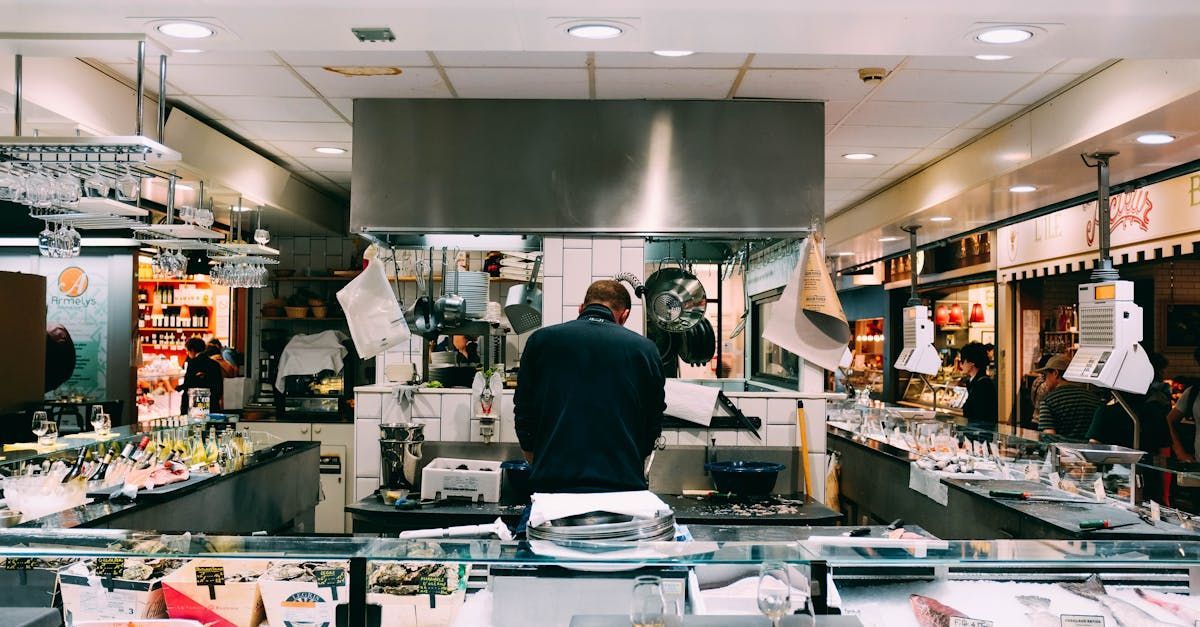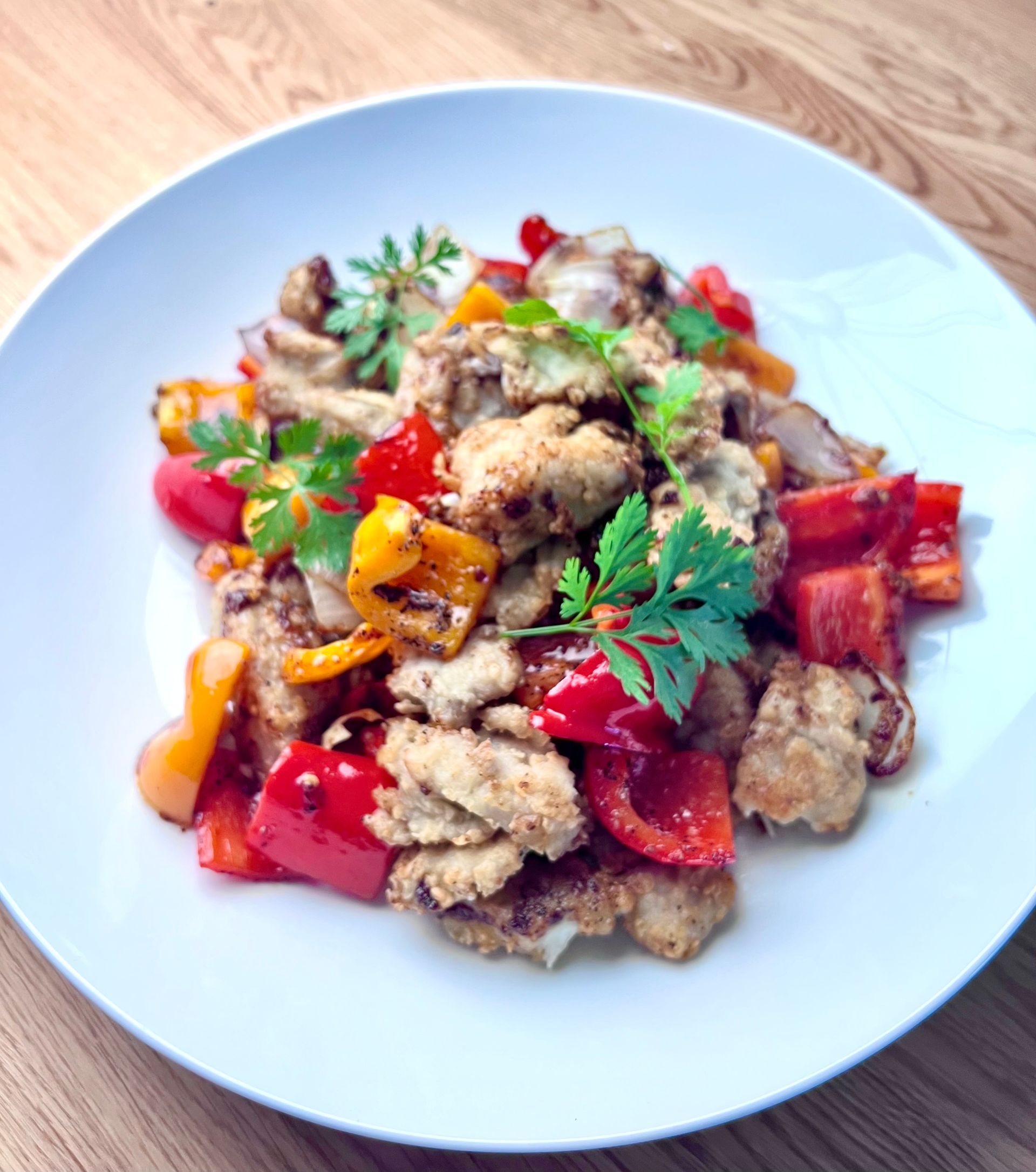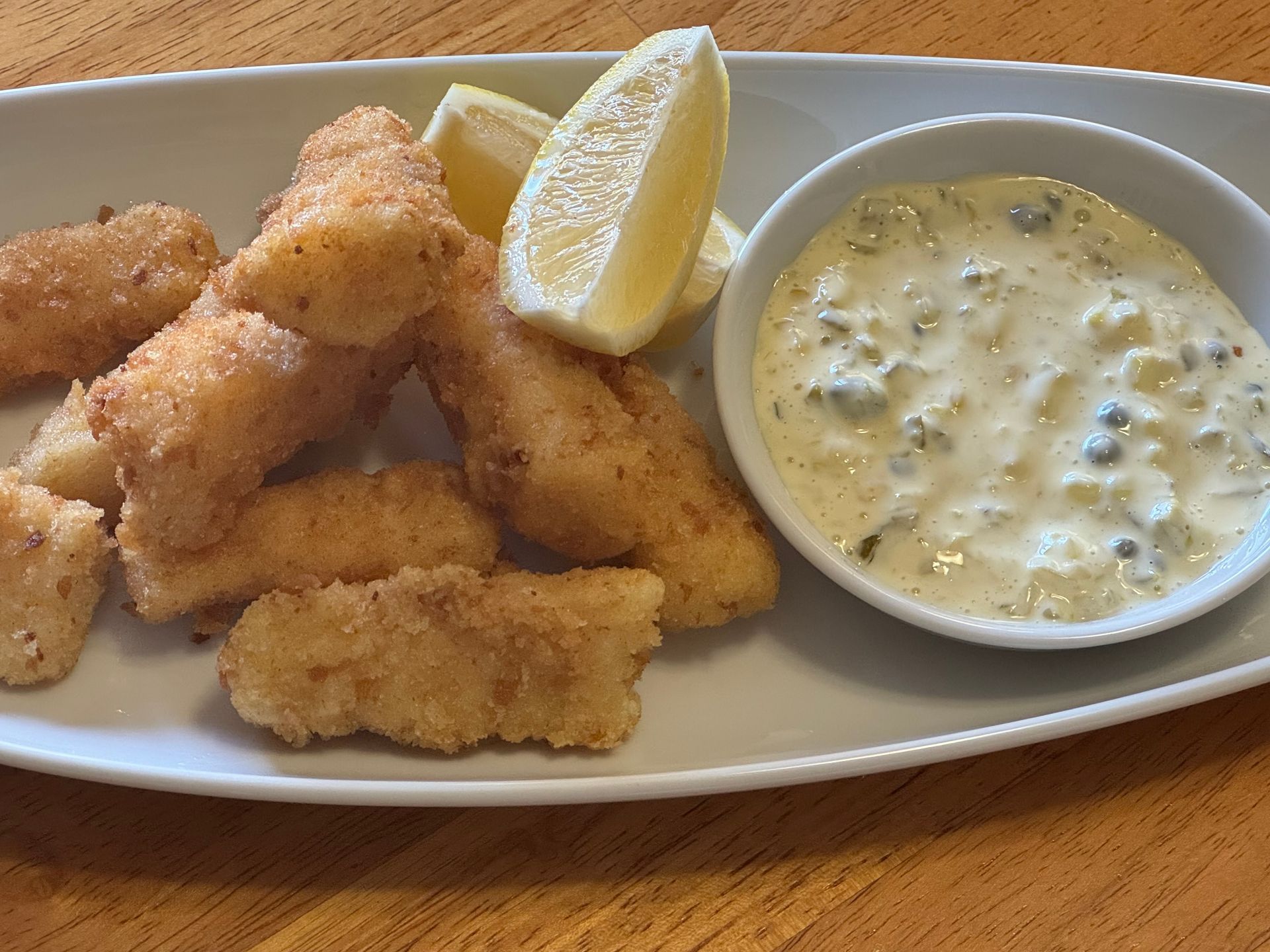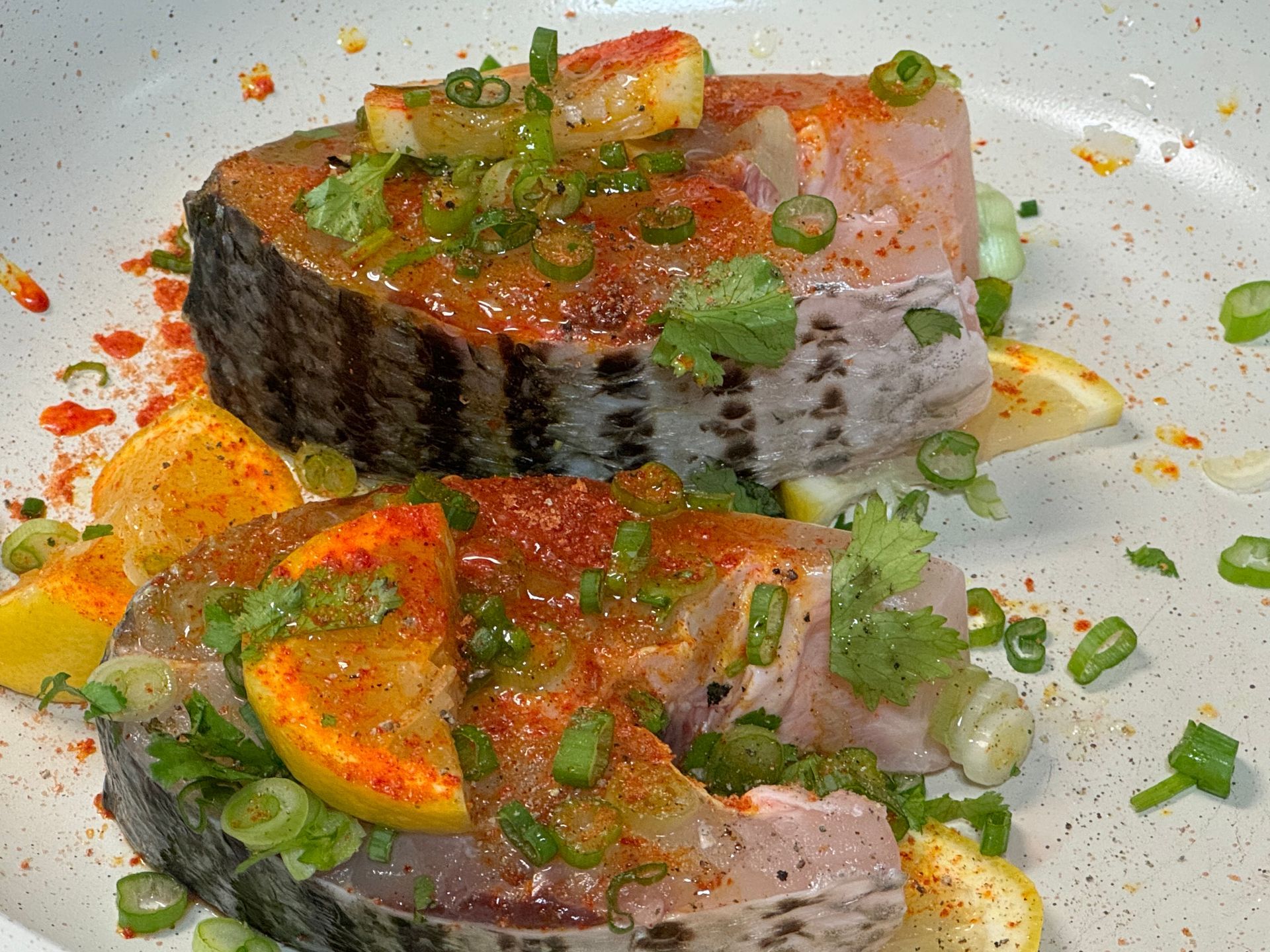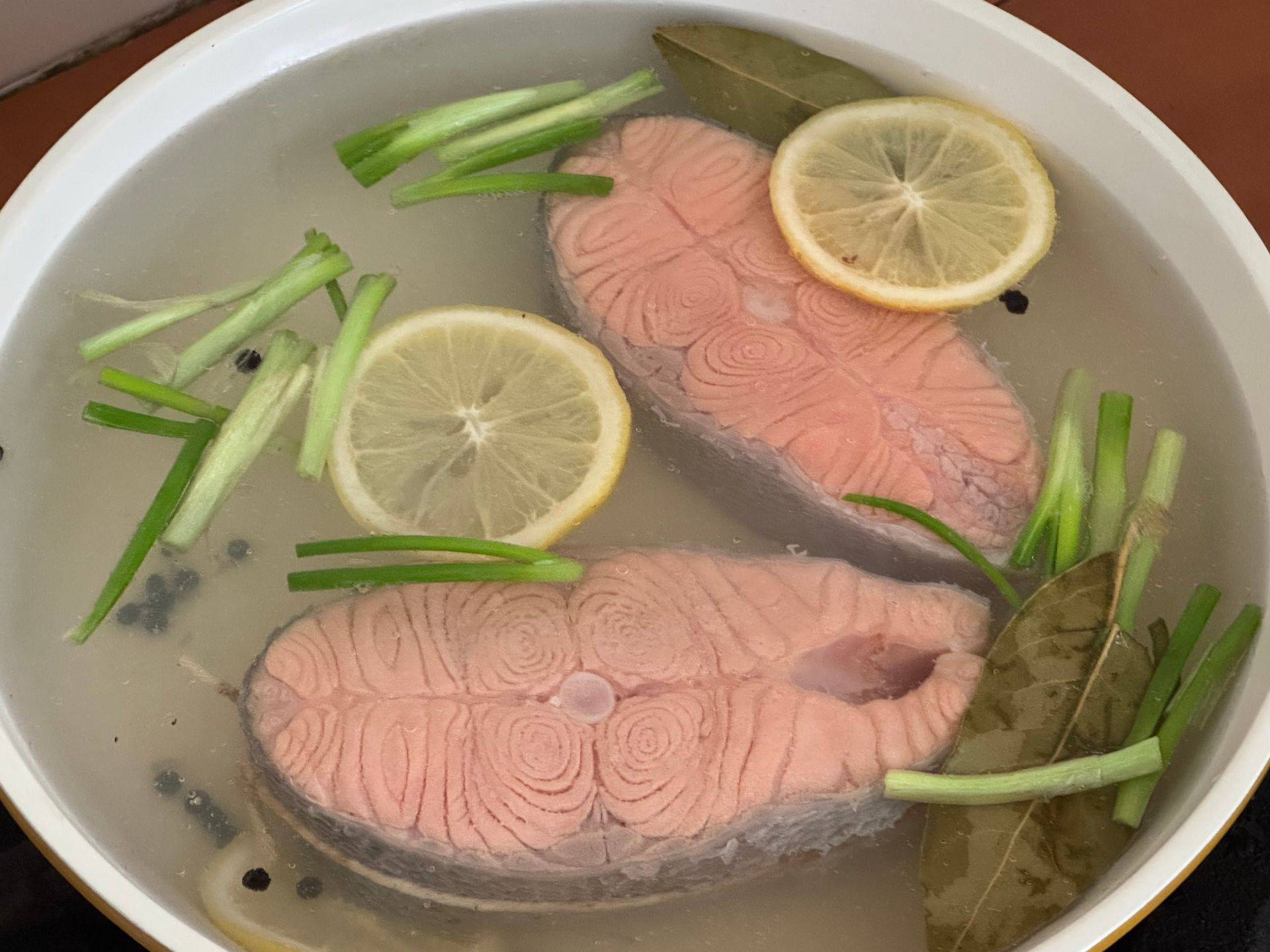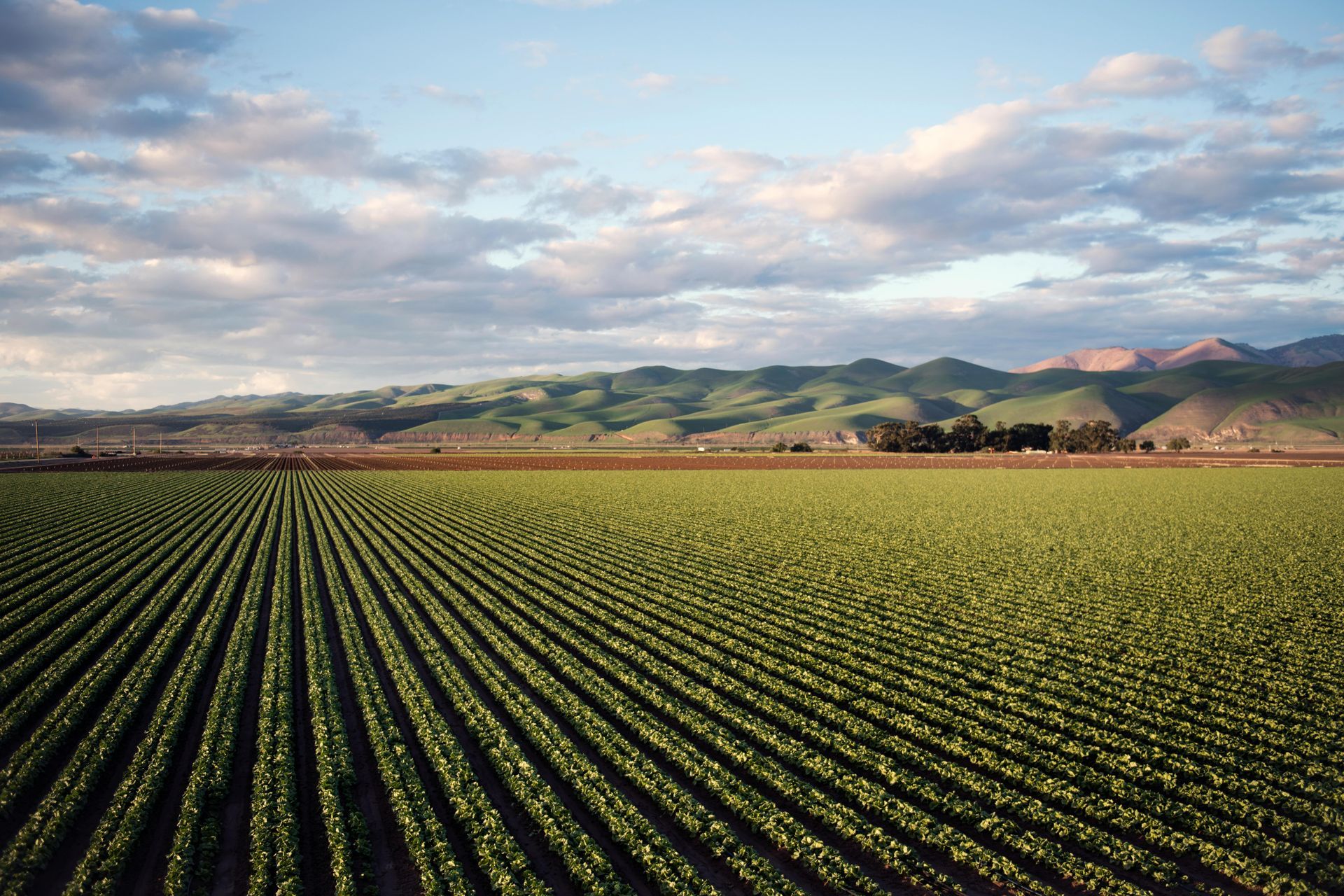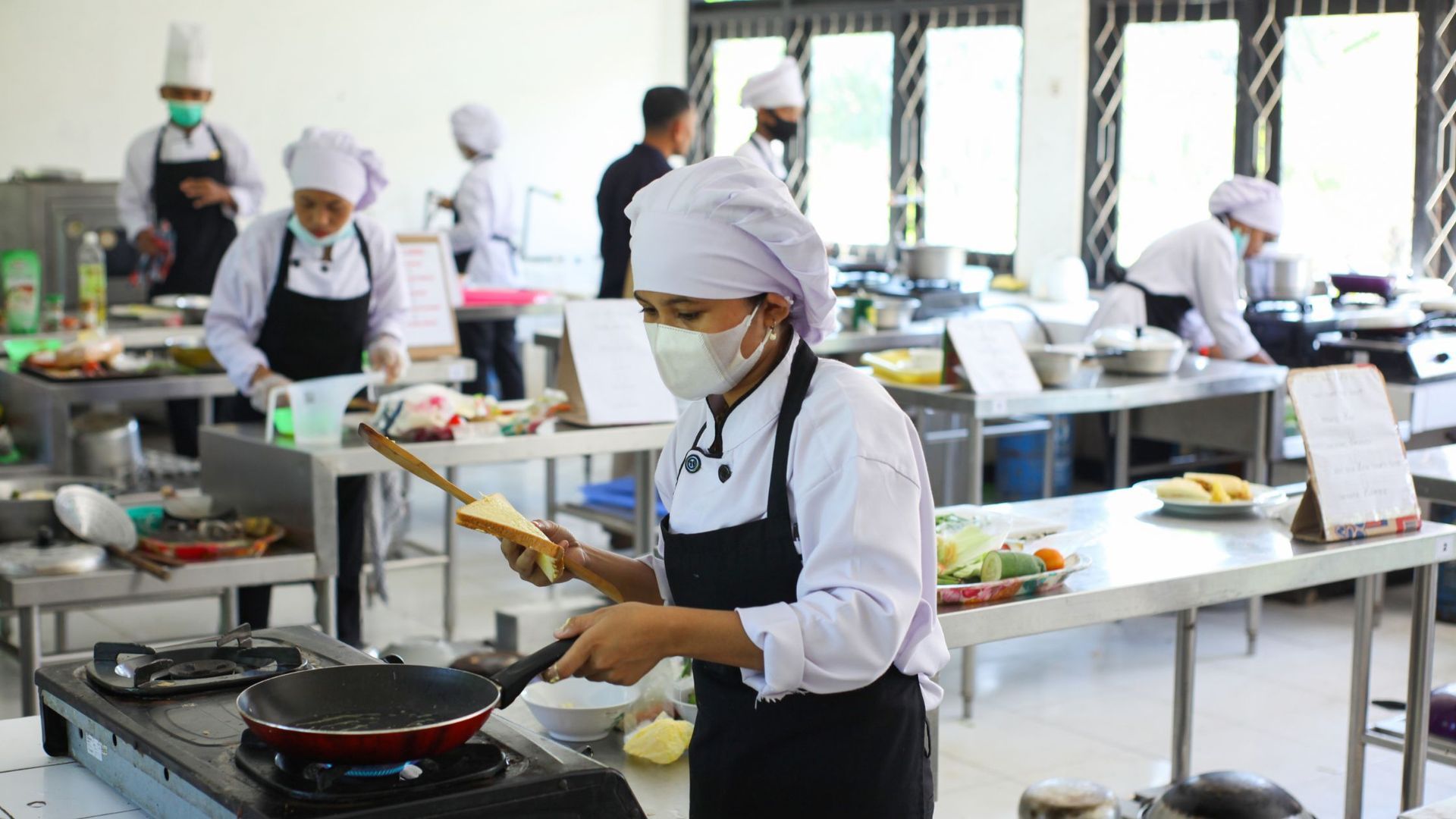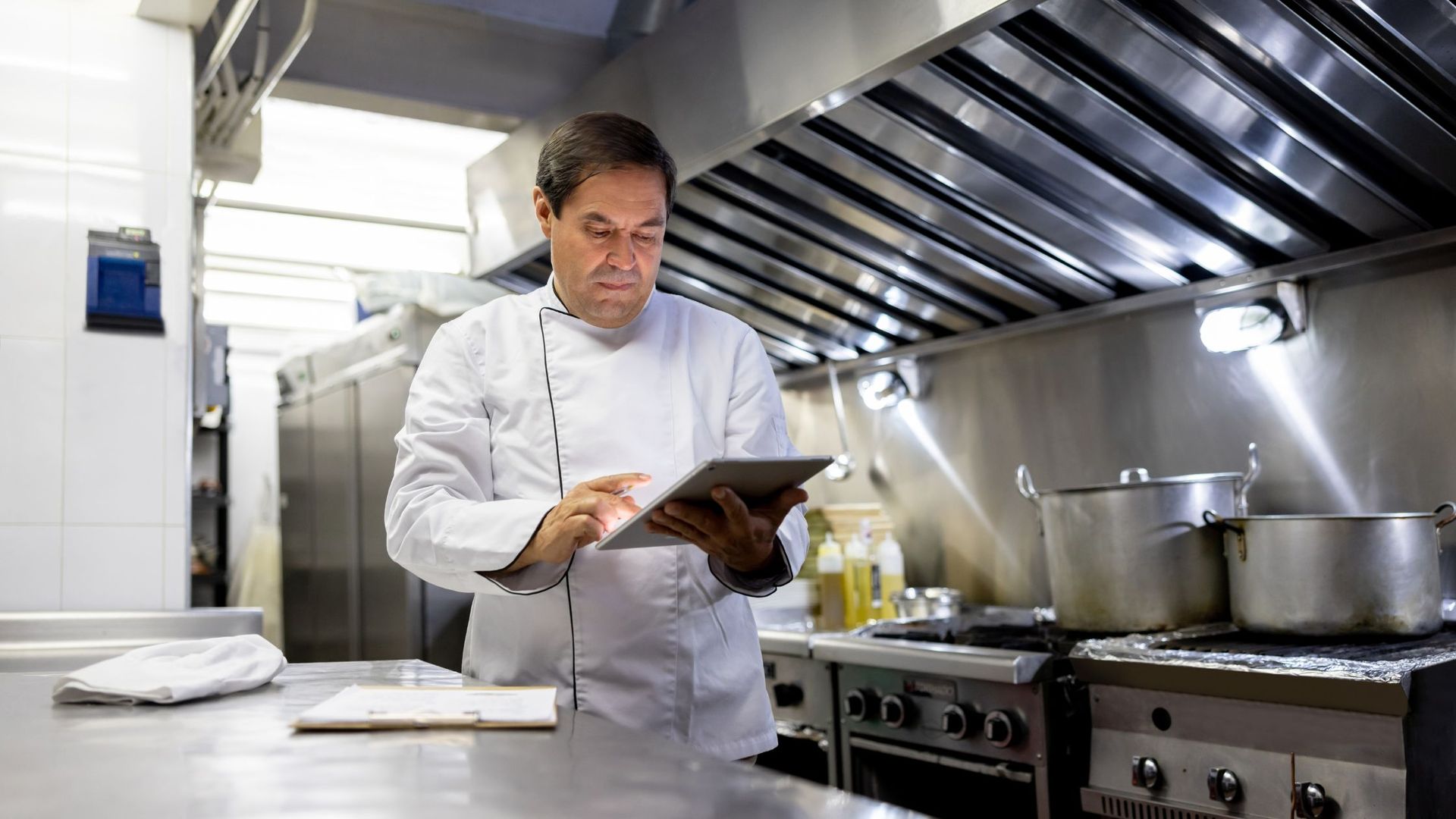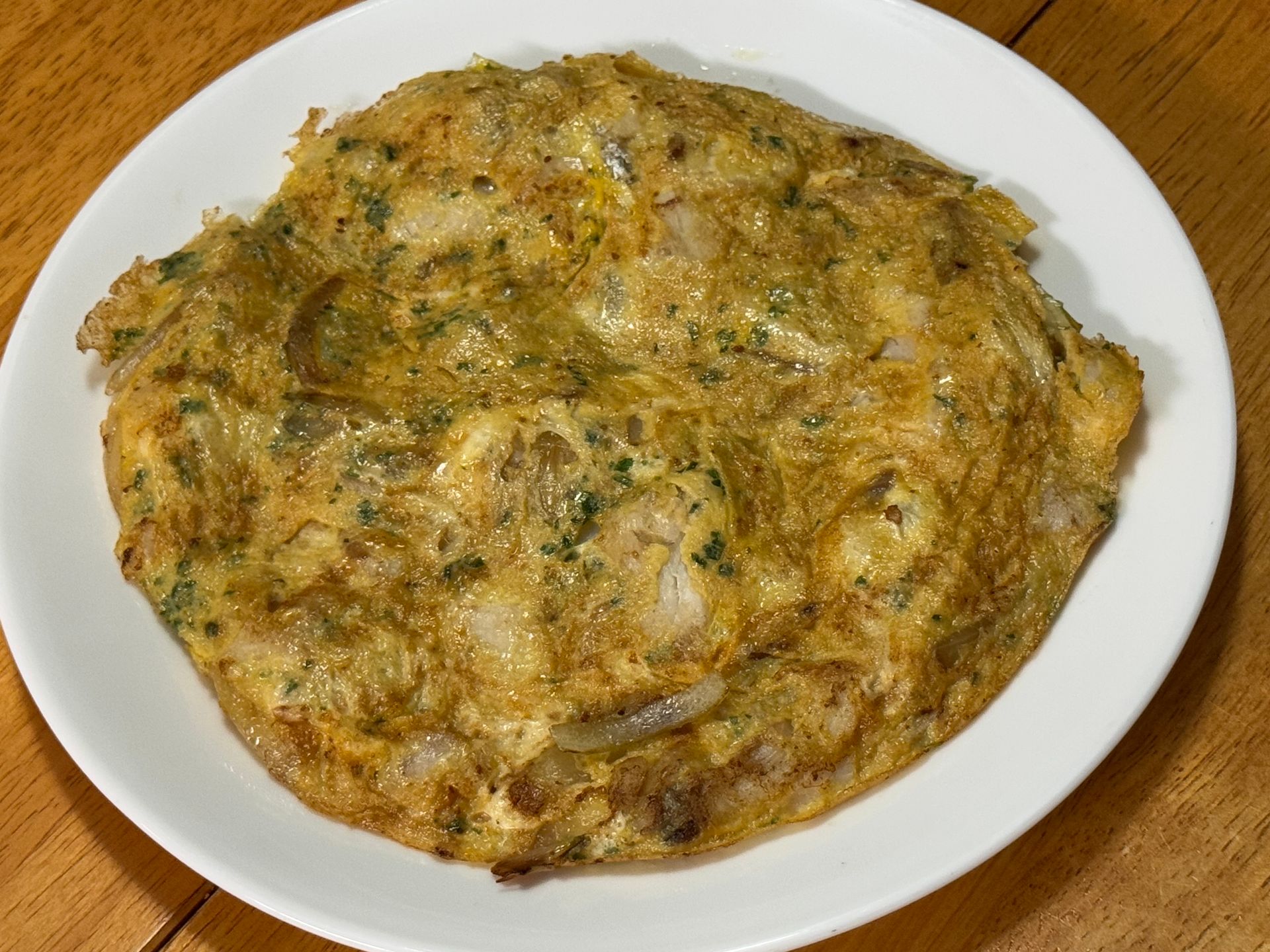
I see fisherman fillet their fish, discard the head & frame! They're amazing at catching fish but have little experience fabricating or cooking the beautiful, fresh fish they get.
I'm very interested in sustainability & respectful when I take a fish. I cook from head to tail... that's where the tender, 'chef' cuts are... cheeks, head, on the bones etc... which is perfect for salads, pasta, rice and this frittata.
The first time I ate this frittata, I actually thought it was crabmeat!
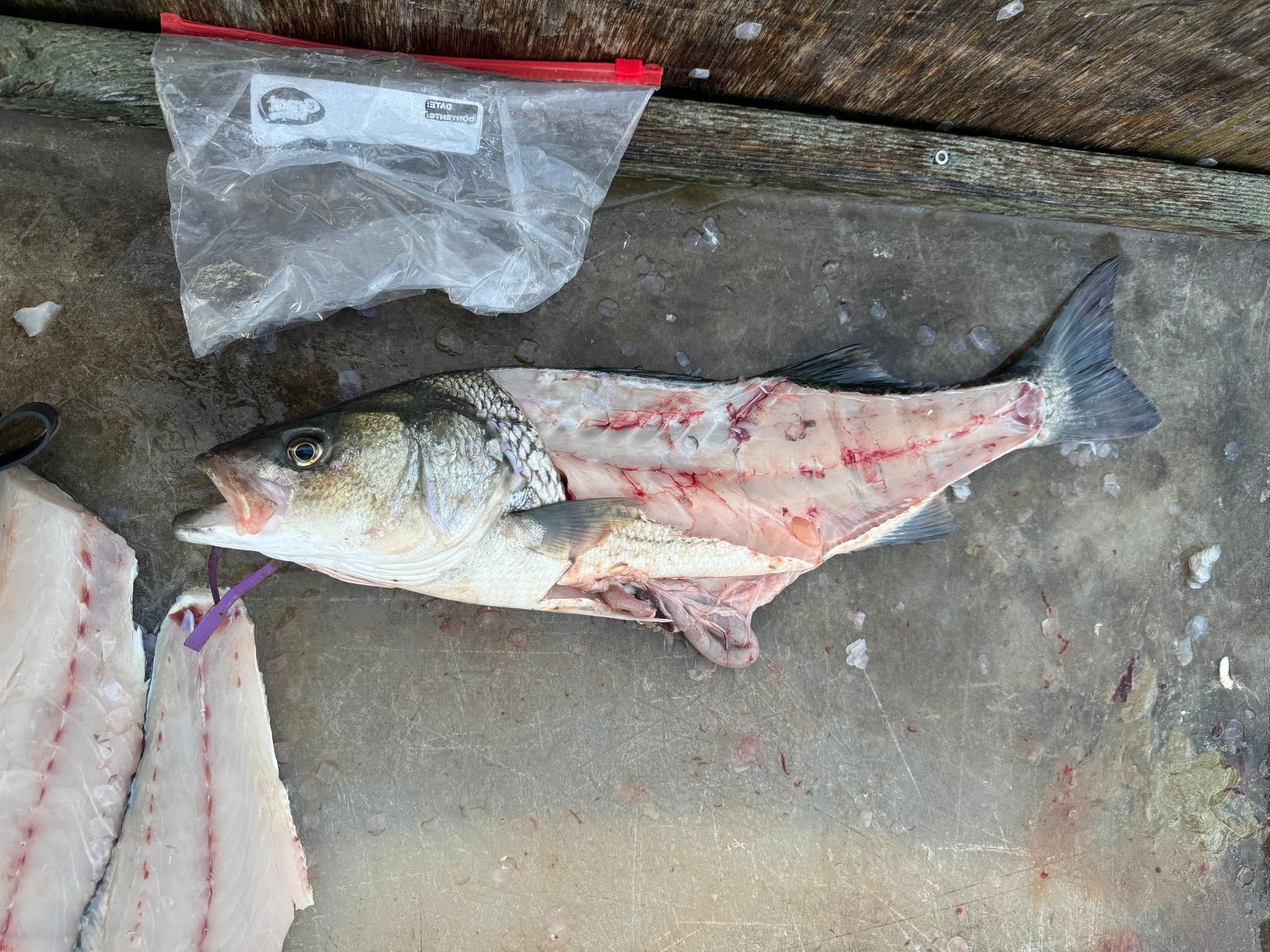
Striped Bass Frittata
I've heard that one of the ways to know if a chef is any good at their craft is to watch them prepare an omelette. I have to admit, I practice preparing omelettes often as it's very challenging-I'm talking about the beautiful, French 'rolled' omelette! This omelette is more rustic, like a frittata actually and the fun part is flipping it when it's almost done.
It's very important to have a pan which you are used to and accustomed to cooking foods in which 'don't stick'!
I try to avoid preparing an omelette in a pan which I haven't used...
Whether you use a seasoned, omelette pan or one of the thin, non stick pans-it's important to invest in this important kitchen tool.
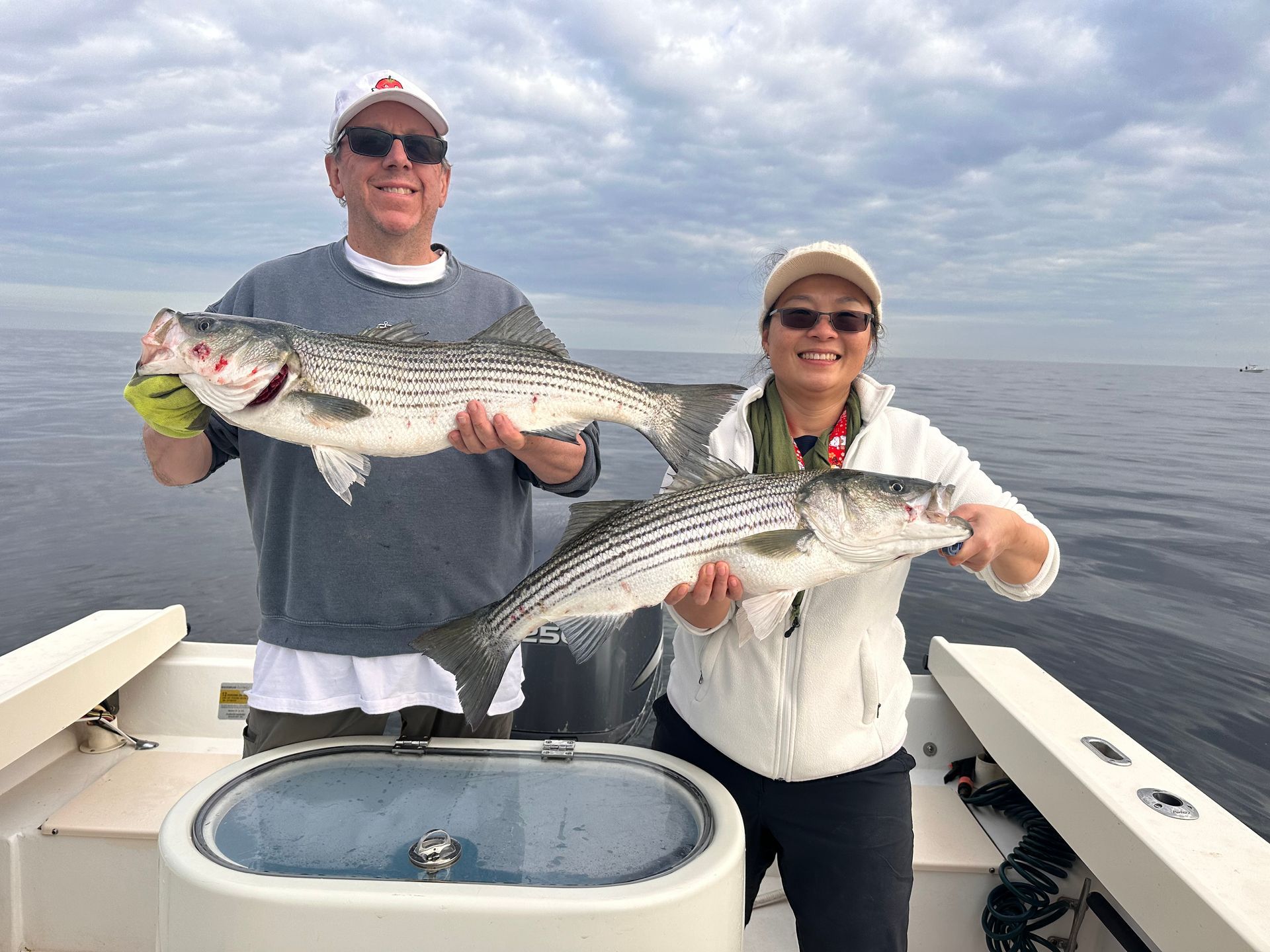
Prep Time: 45 min
Cooking Time: 20 min
Ingredients
Yield: 4 portions
1 lb Striped Bass, cooked and shredded (I bake the head and frame, cool it and scrape all of the tender meat for this recipe)
4 oz Olive oil
1 C Onion, sliced thin
4 ea Eggs
2 Tbsp Soy Sauce
2 Tbsp Herbs, chopped (I like chives, Italian parsley, cilantro)
t.t. Salt & Pepper
How to prepare a Frittata
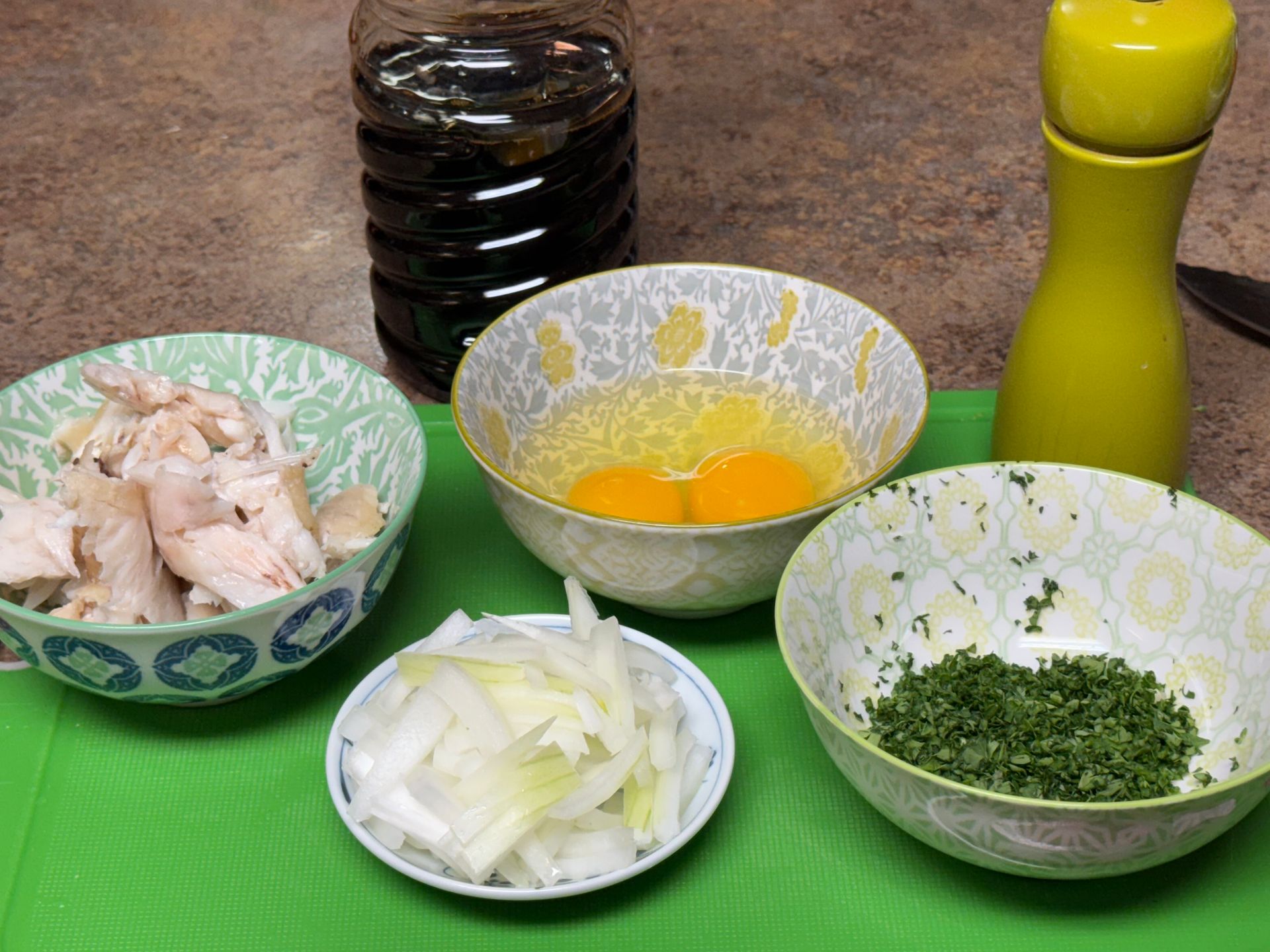

Step 1
Gather your ingredients, this will be a very quick recipe to prepare.
Heat the pan, I like a 'non-stick' omelette pan. Place the onions in the pan and sweat to wilt, about 5 minutes at low temperature. Avoid browning the onions.



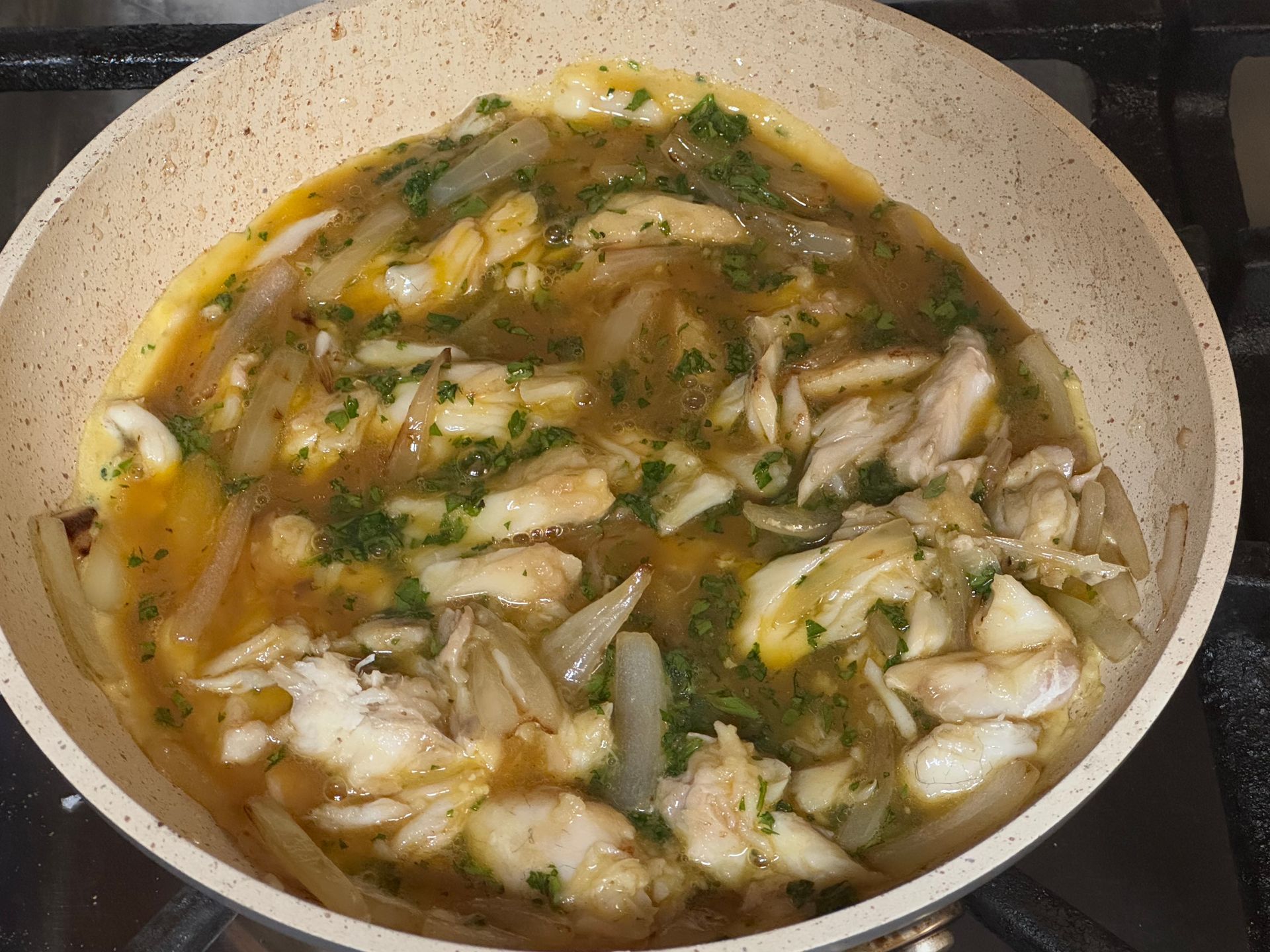

Step 2
While the onions are sweating, whisk the soy sauce into the eggs. I like to use chop sticks but a fork or whisk is fine.
It must be fully whisked or you will have egg whites and yolks separately cooking, they have different cooking times so it won't work very well.
Step 3
Add the shredded seafood to the onions, season with salt and pepper to taste, heat for about 3 minutes, stirring with a rubber scraper.
You could use ham, bacon, cheese, chicken, crab, shrimp etc... if you prefer.
Pour the scrambled egg mixture over the seafood, sprinkle the fresh herbs on top and let it cook to set, this will take about 4 minutes at low heat. I cover the pan so the top gets firm as well. It's much easier to flip when the top is partially cooked.
When the eggs are firm, carefully run the rubber spatula around the perimeter to make sure it's loose (for flipping). I jiggle the pan gently to be sure it's not sticking.
If it's not quite firm, cook a little longer.
If it sticks, very gently run the rubber spatula underneath to 'unstick'.

Step 4
To flip, hold the handle with both hands, jiggle the pan, tilting down so the omelette slides forward as much as possible without the omelette spilling out.
Give a gentle but firm flip-you really have to just do it-if you are too cautious, you generally get only a partial flip mess... You can also try using a rubber spatula and make 4 smaller omelettes-that's a great way to start and build your confidence.
Cook for about 3 minutes, slide onto a plate and enjoy immediately.

